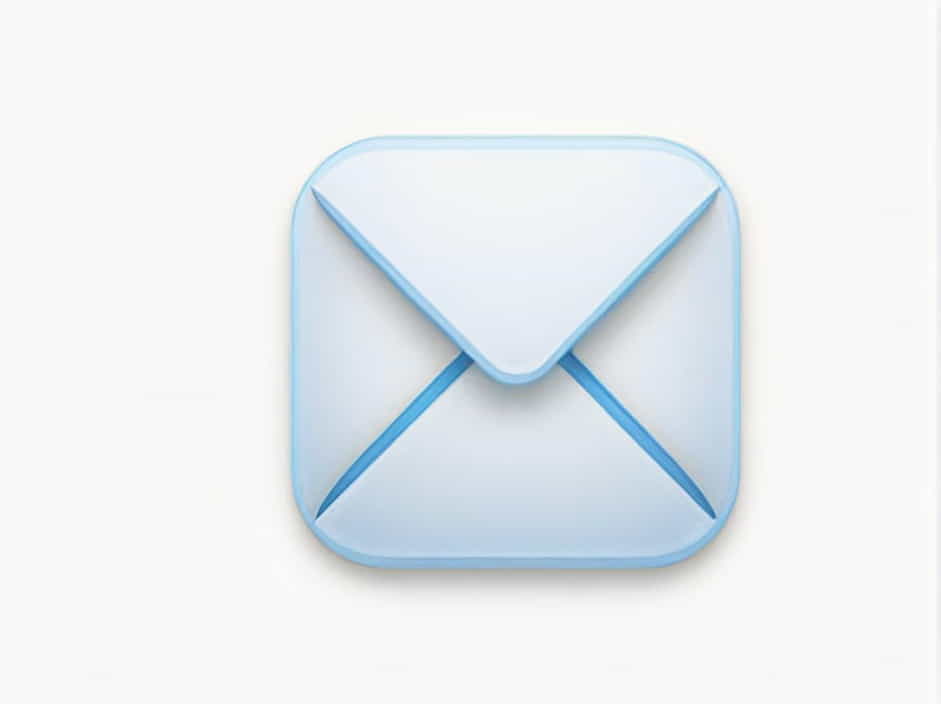Receiving an explanation letter for negligence of duty can be stressful, but responding professionally is crucial. A well-crafted reply can help clarify misunderstandings, take responsibility where necessary, and demonstrate a commitment to improvement.
In this guide, we will outline the key components of a reply letter, provide a structured approach, and offer tips to maintain professionalism.
1. Understanding the Purpose of Your Reply
Before drafting your response, it is important to understand why you received the explanation letter. Common reasons for negligence of duty include:
- Failure to complete assigned tasks
- Late submissions or absenteeism
- Not following company policies or procedures
- Errors that led to financial or operational losses
Your response should acknowledge the issue, provide context, and propose solutions to prevent future occurrences.
2. Key Elements of a Reply Letter
A well-structured reply should include:
- A formal salutation
- Acknowledgment of the issue
- Explanation of circumstances
- Acceptance of responsibility (if applicable)
- Steps taken to correct the mistake
- Commitment to improvement
- A polite closing statement
3. Sample Reply Letter for Negligence of Duty
[Your Name]
[Your Job Title]
[Company Name]
[Date]
To: [Manager’s Name]
[Job Title]
[Company Name]
Subject: Response to Explanation Letter for Negligence of Duty
Dear [Manager’s Name],
I am writing in response to the explanation letter dated [insert date] regarding my alleged negligence of duty. I sincerely appreciate the opportunity to address this matter and clarify my position.
Acknowledgment of the Issue
I fully understand the concerns raised in your letter regarding my recent lapse in responsibilities. It was never my intention to neglect my duties, and I regret any inconvenience this may have caused the company and my colleagues.
Explanation of Circumstances
The lapse occurred due to [briefly explain the reason, e.g., an unexpected personal emergency, miscommunication, increased workload, health issues]. While I understand that this does not excuse my actions, I would like to assure you that the situation was unforeseen and beyond my immediate control.
Taking Responsibility and Corrective Measures
I take full responsibility for this oversight and acknowledge that I could have handled the situation more effectively. To ensure that this does not happen again, I have taken the following steps:
- Improved Time Management: Implementing better organization and prioritization of tasks.
- Enhanced Communication: Keeping my supervisor informed of any challenges that may affect my performance.
- Additional Training: Attending relevant workshops or seeking guidance to improve efficiency in my role.
Commitment to Improvement
I am committed to upholding the company’s standards and ensuring that my performance aligns with expectations. Moving forward, I will exercise greater diligence in fulfilling my responsibilities.
Once again, I apologize for any inconvenience caused and appreciate the opportunity to address this matter. I value my position in the company and will take every necessary step to regain your trust. Thank you for your understanding and consideration.
Sincerely,
[Your Name]
[Your Job Title]
4. Tips for Writing an Effective Reply Letter
1. Maintain a Professional and Respectful Tone
Your response should be polite, even if you disagree with the claims. Avoid defensive language and focus on resolving the issue professionally.
2. Be Honest and Transparent
If there was a genuine reason for your negligence, explain it truthfully without making excuses. Employers value honesty and accountability.
3. Accept Responsibility Where Necessary
If the negligence was due to an error on your part, acknowledge it. Employers appreciate employees who take responsibility and show a willingness to improve.
4. Focus on Solutions
Instead of dwelling on the mistake, emphasize the steps you are taking to correct the issue and prevent it from happening again.
5. Keep It Concise and Relevant
Avoid unnecessary details. Stick to facts, explanations, and solutions to keep your letter clear and to the point.
5. Common Mistakes to Avoid in Your Reply
- Being defensive or argumentative – This can escalate the issue rather than resolve it.
- Blaming others – Always take personal responsibility where applicable.
- Providing excessive details – Keep your explanation brief and relevant.
- Ignoring the importance of improvement – Employers want to see commitment to better performance.
6. When to Seek Assistance
If the accusation is serious or could lead to disciplinary action, consider seeking advice from HR or a legal expert before submitting your response.
Responding to an explanation letter for negligence of duty requires professionalism, honesty, and a solution-oriented approach. By acknowledging the issue, providing a valid explanation, and outlining corrective measures, you can effectively address concerns and rebuild trust with your employer.
A well-crafted reply can demonstrate your commitment to improvement and help maintain a positive professional relationship within the organization.
